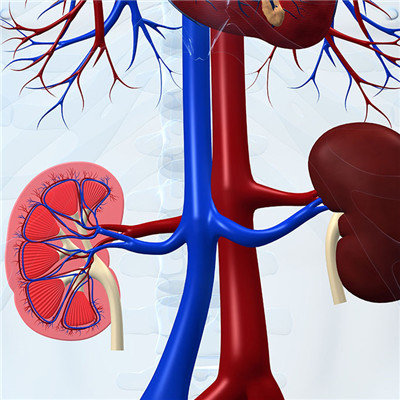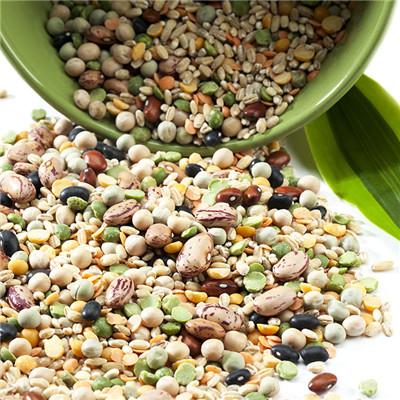What performance does uterine prolapse have?
summary
Uterine prolapse is a kind of disease that often appears in women. From its name, we can see that it is the phenomenon of uterine prolapse. If it is not in the original position, uterine prolapse will bring many uncomfortable symptoms to women, and bring great inconvenience to life and work. Uterine prolapse is due to childbirth injury, increased abdominal pressure, congenital dysplasia, abdominal distention Malnutrition and ovarian dysfunction. So, what are the symptoms of uterine prolapse? Look down together.
What performance does uterine prolapse have?
Some patients will have spherical prolapse in the vagina, which will be more serious when walking and working, and will retract after bed rest. Many severe patients will be exposed all day and cannot retract. This will be due to friction and ulcers, infections, and some patients will have bleeding.

Many patients with uterine prolapse have menstrual changes, leucorrhea phenomenon, this is because of the prolapse and affect the blood circulation, making local congestion, thus affecting the menstruation. Patients with uterine prolapse, in the abdominal force when there will be urine overflow, such as: laughter, cough and so on.

Patients with uterine prolapse usually have symptoms of sacral pain, especially after fatigue, which can be relieved after full rest. There are many patients feel that the lower abdomen, vagina and perineum have the feeling of falling, and it will be aggravated after fatigue.

matters needing attention
Marriage and childbirth should not be too early, and do not have too many children, which not only violates family planning, but also causes greater harm to women's uterus. This will reduce the elasticity of the uterine tissue and increase the incidence rate of uterine ptosis. At the time of delivery, try to go to a regular large hospital. Generally, the medical equipment and various drugs in a large hospital are relatively complete. In female childbirth, it can reduce the damage to the uterus.
















